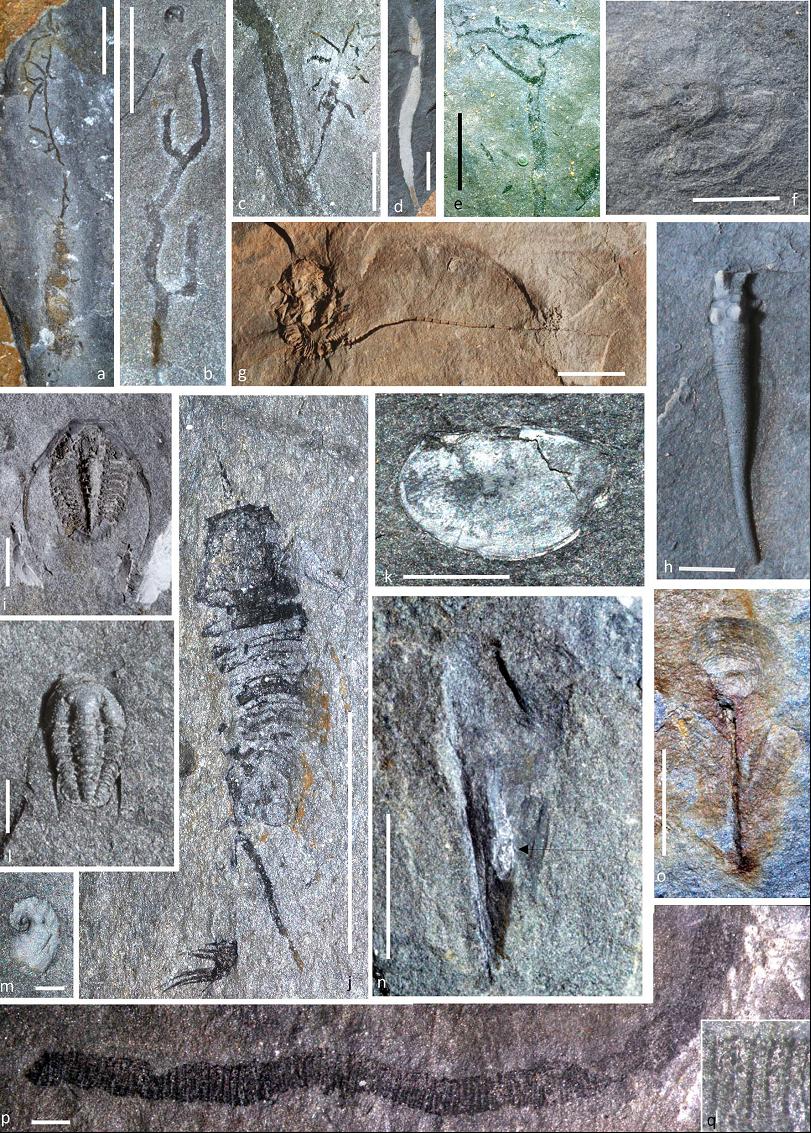The Cambrian Burgess Shale-type biotas form a globally consistent ecosystem, usually dominated by arthropods. Elements of these communities continued into the Early Ordovician at high latitude, but our understanding of ecological changes during the Great Ordovician Biodiversification Event (GOBE) is currently limited by the paucity of Ordovician exceptionally preserved open-marine faunas.
Recently, Dr. Joseph P. Botting from Nanjing Institute of Geology and Palaeontology, Chinese Academy of Sciences and his colleagues from UK have clarified the early stages of the GOBE by describing a new open-marine Konservat-Lagerstätte, i.e. the Afon Gam Biota, from the Lower Ordovician of Wales. The research article was published in Scientific Reports.
The Afon Gam Biota includes many lineages of typical Cambrian Burgess Shale-type biotas, but the most abundant groups were sponges, algae and worms, with non-trilobite arthropods being unexpectedly rare. Labile tissues occur abundantly in the sponges and are also present in other groups, including brachiopods and hyoliths. Taphonomic biases are considered and rejected as explanations for arthropod rarity; the preserved biota is considered to be an approximation to the original community composition. It is noted that other exceptionally preserved communities in the Welsh Ordovician are also sponge-dominated, suggesting a regional change in benthic ecology during the early stages of the GOBE.
This research was supported by the National Geographic Society’s Committee for Research and Exploration, Chinese Academy of Sciences Fellowship for Young International Scientists, National Science Foundation of China Research Fellowship for International Young Scientists, and CAS Project-Oriented Hundred Talents Programme.
Related information of this paper:
Joseph P. Botting, Lucy A. Muir, Naomi Jordan and Christopher Upton. 2015. An Ordovician variation on Burgess Shale-type biotas. Scientific Reports | 5: 9947 | DOI: 10.1038/srep09947.

Representative taxa of the Afon Gam Biota, including algae, shelly taxa and arthropods

Sponges of the Afon Gam Biota
(Information Source: Nanging Institute of Geology and paleontology, CAS)

